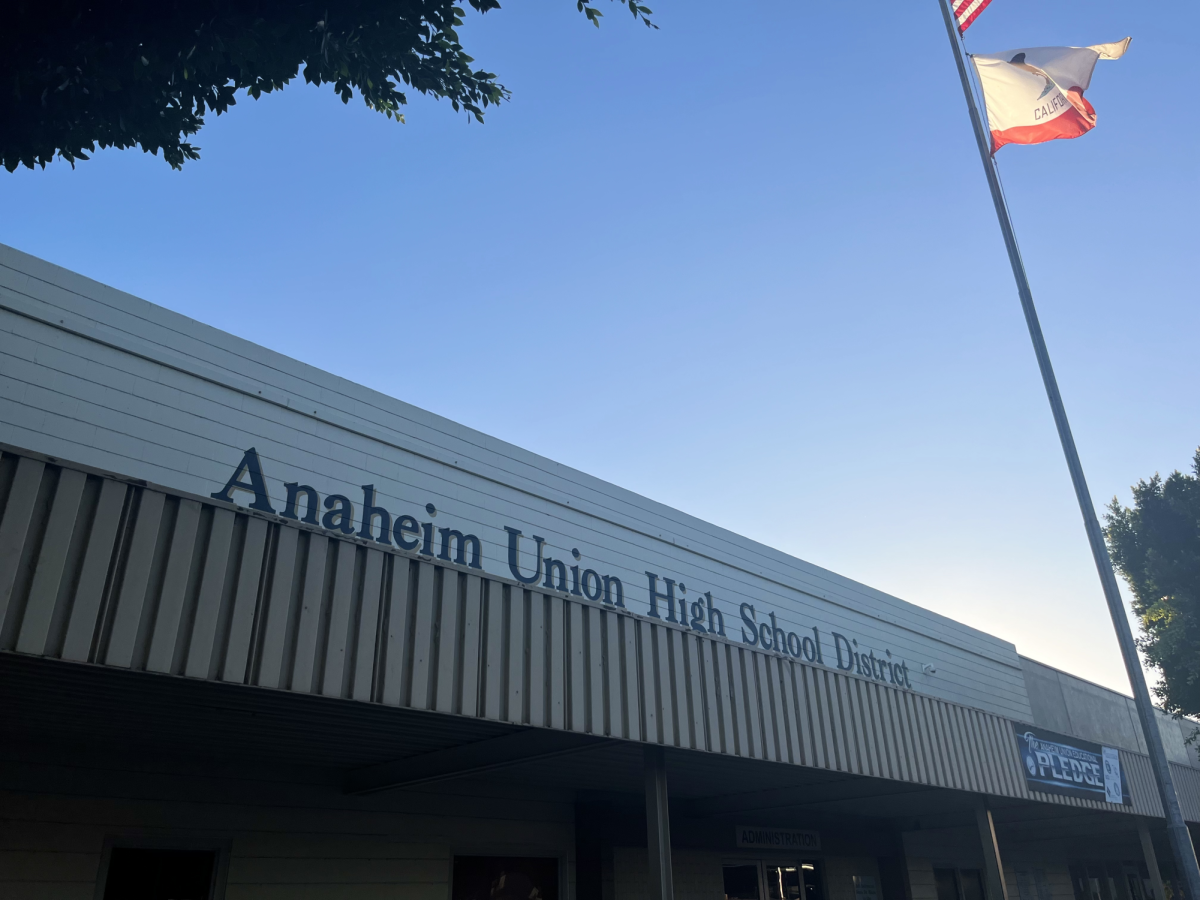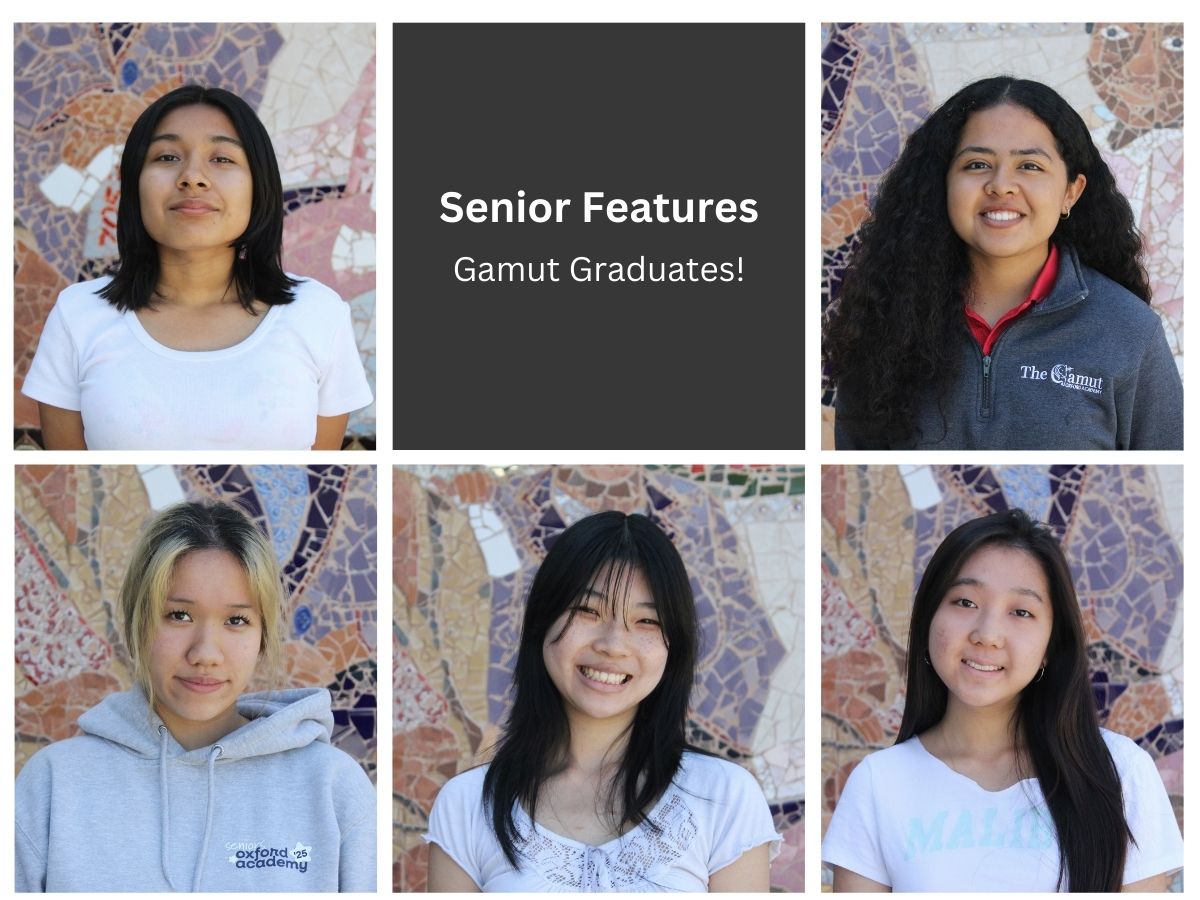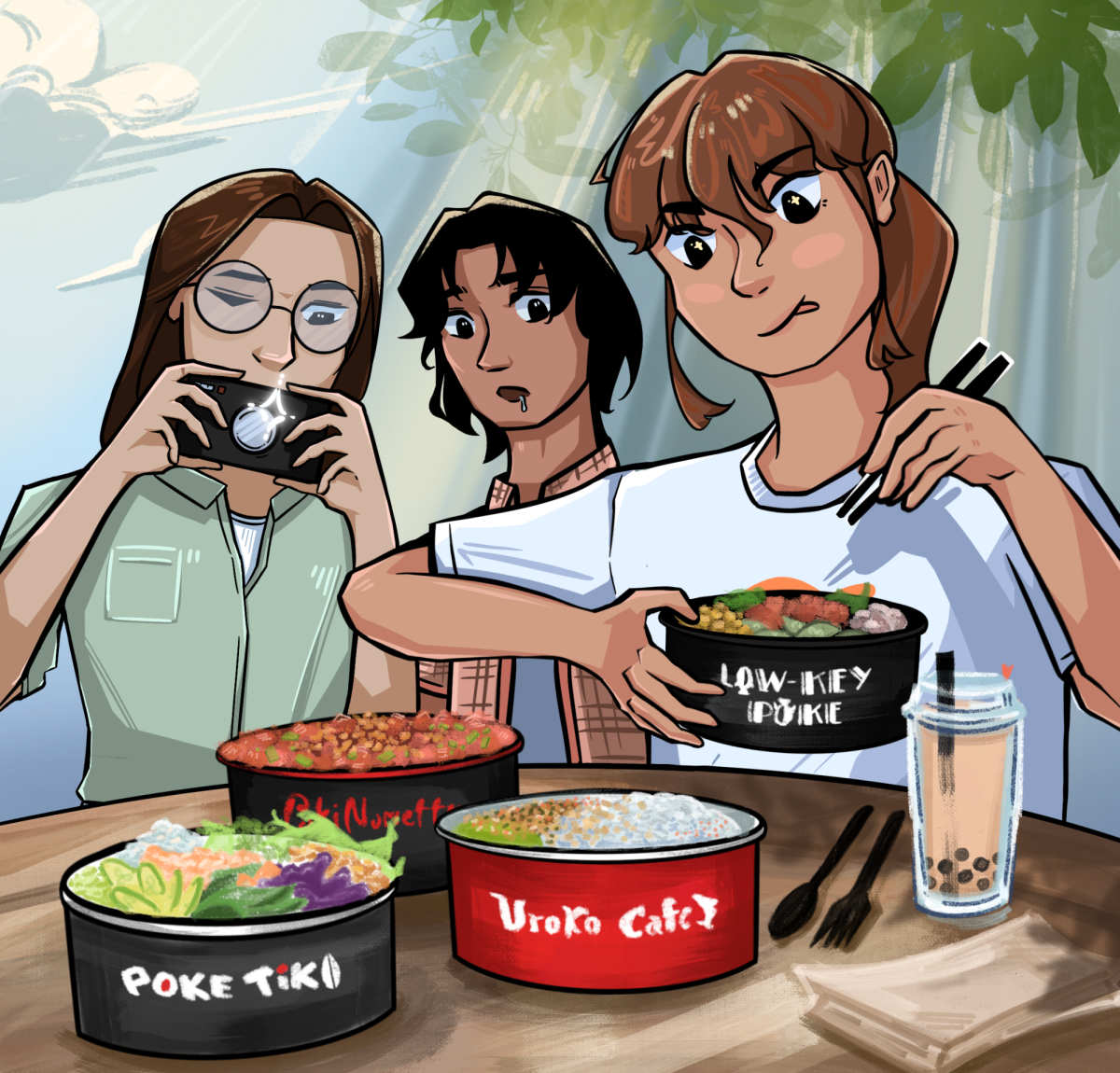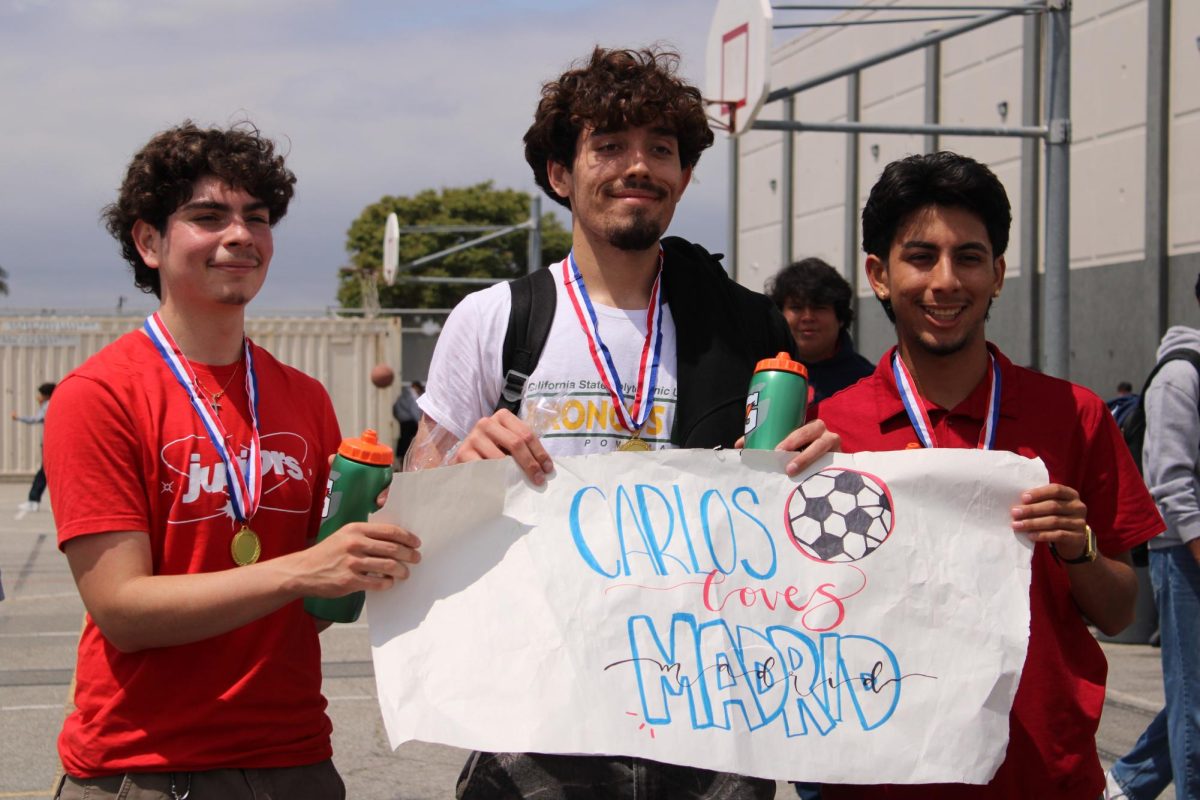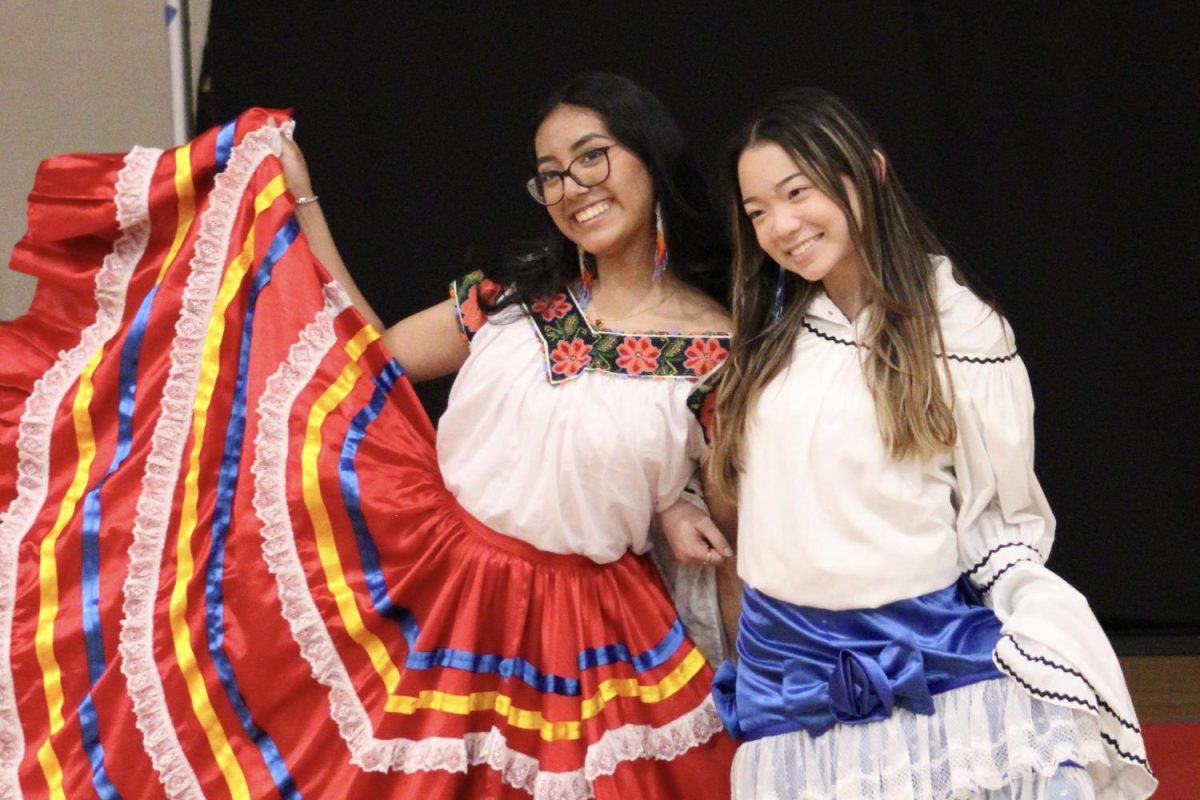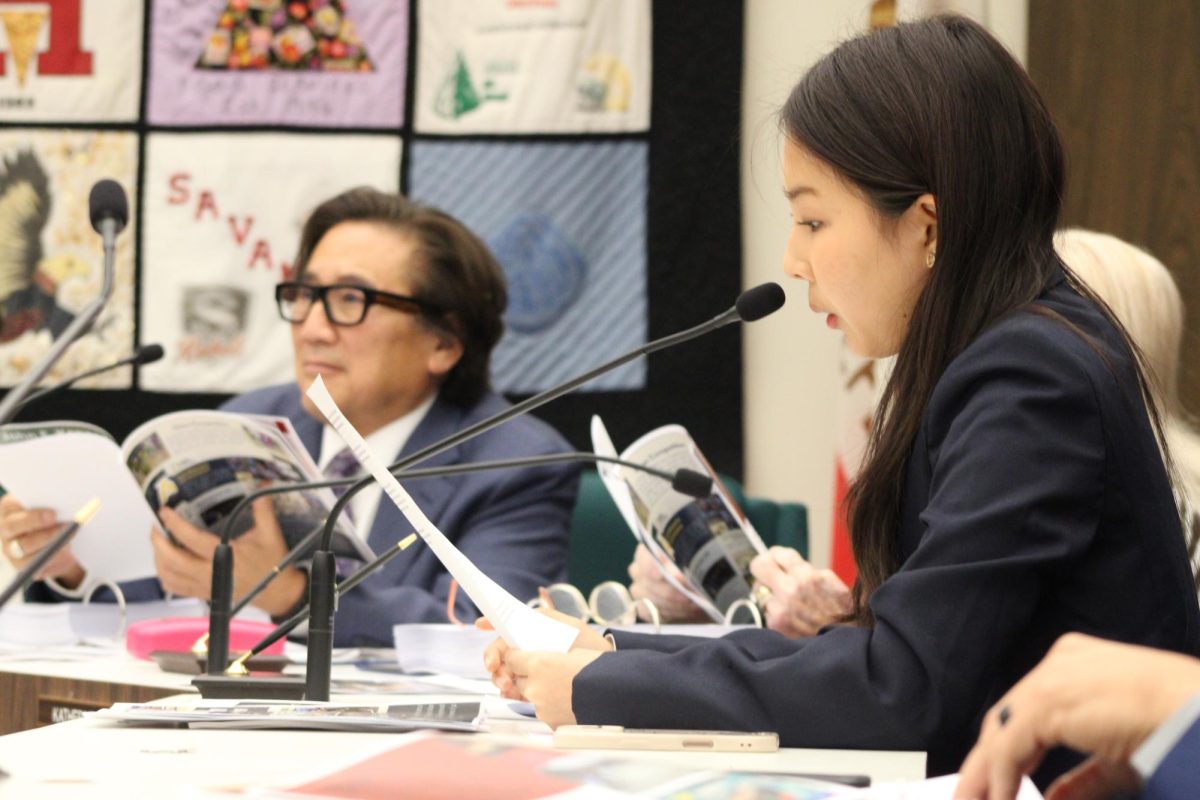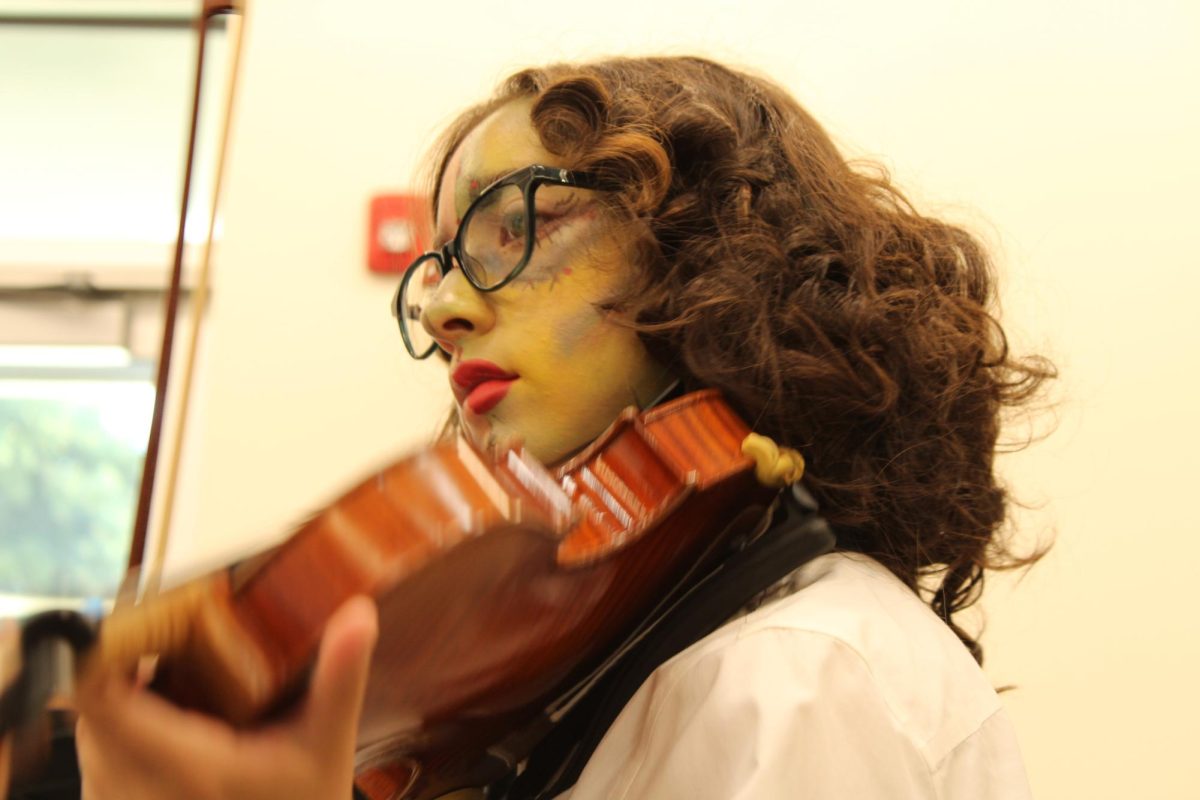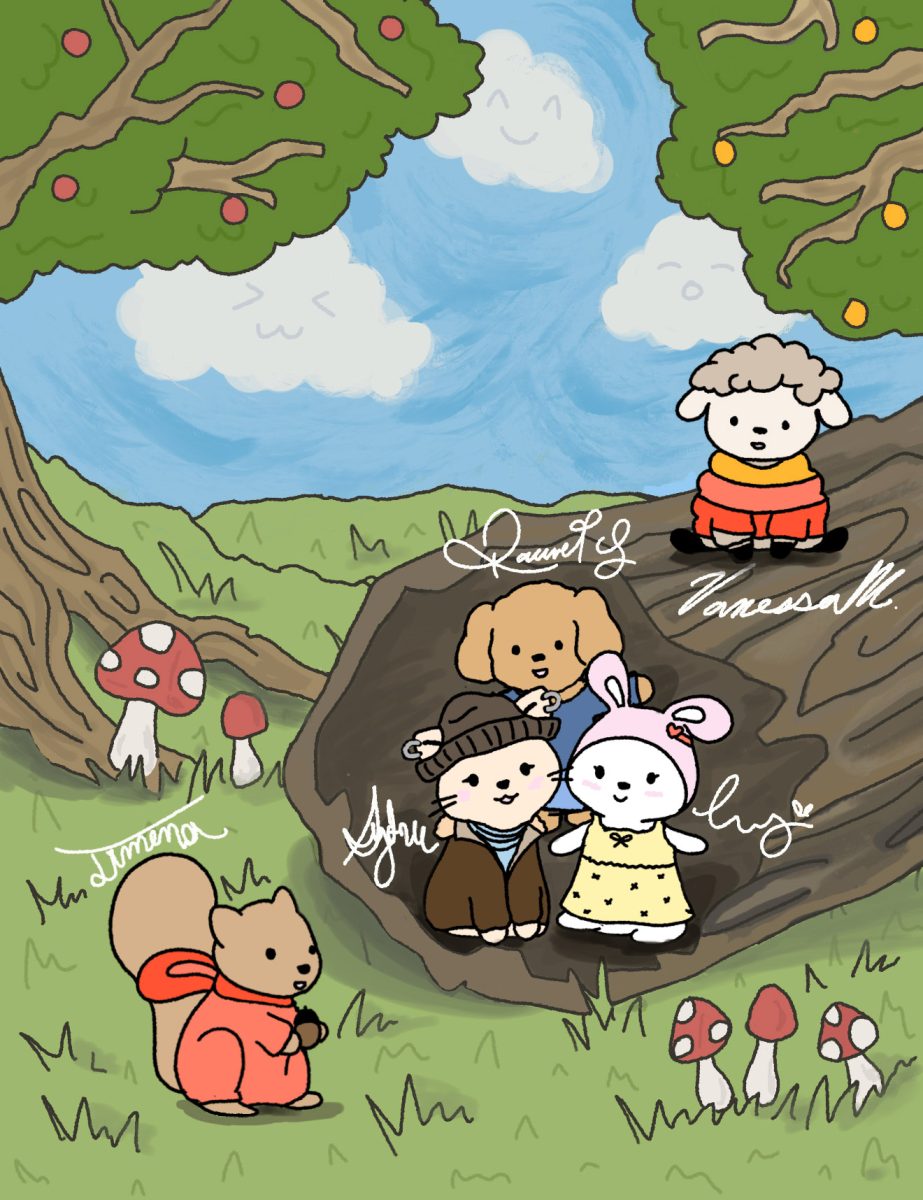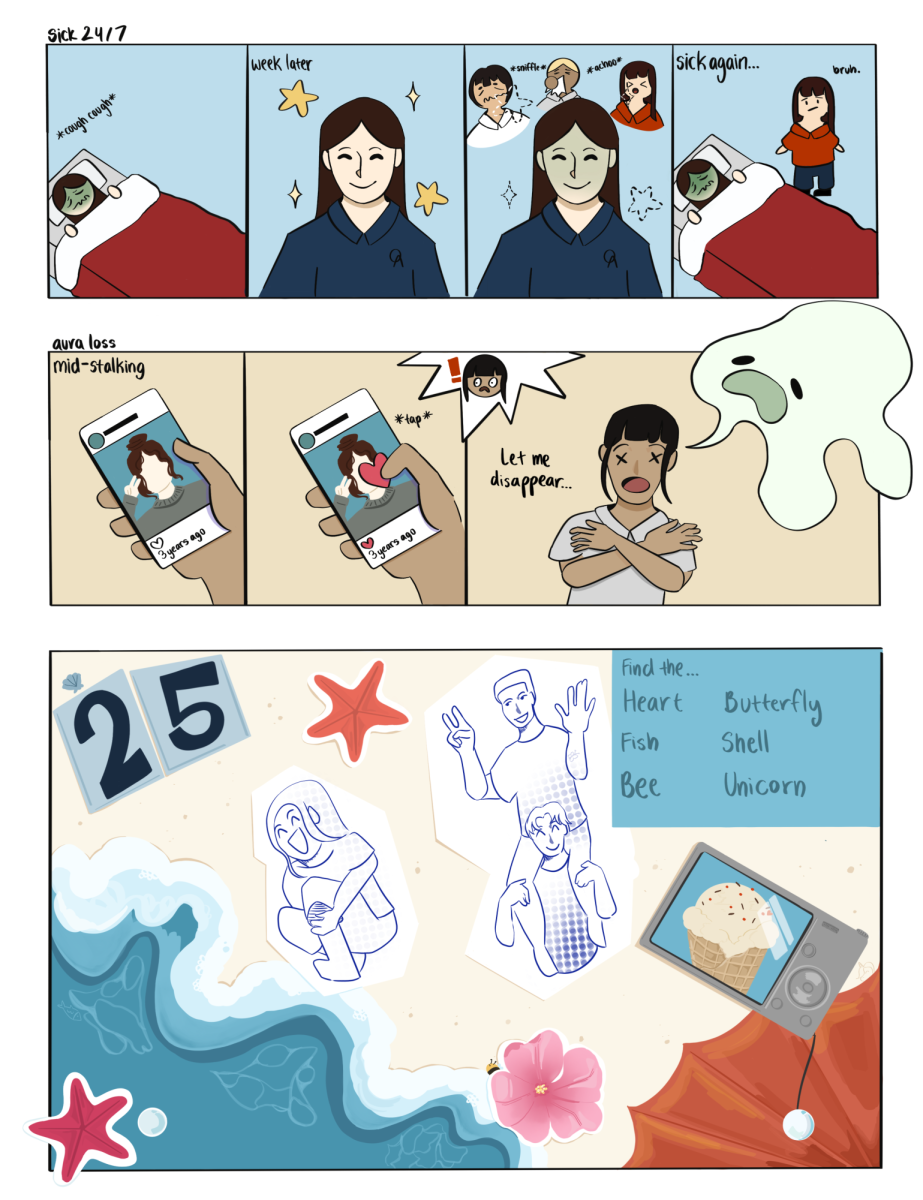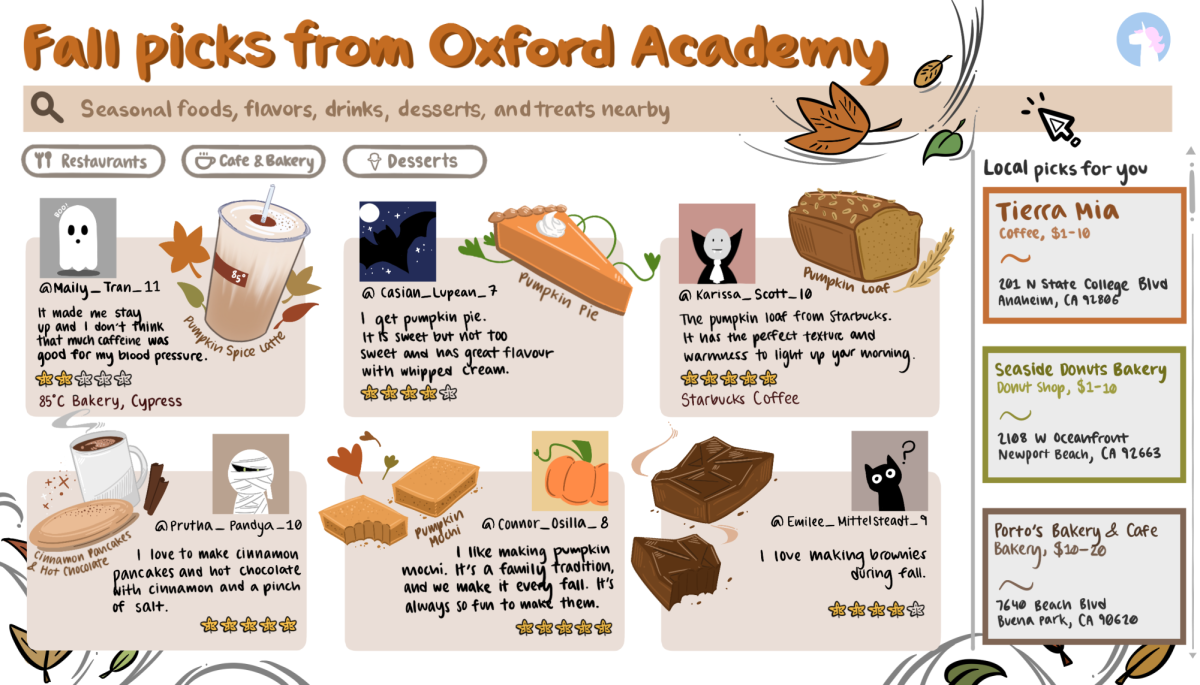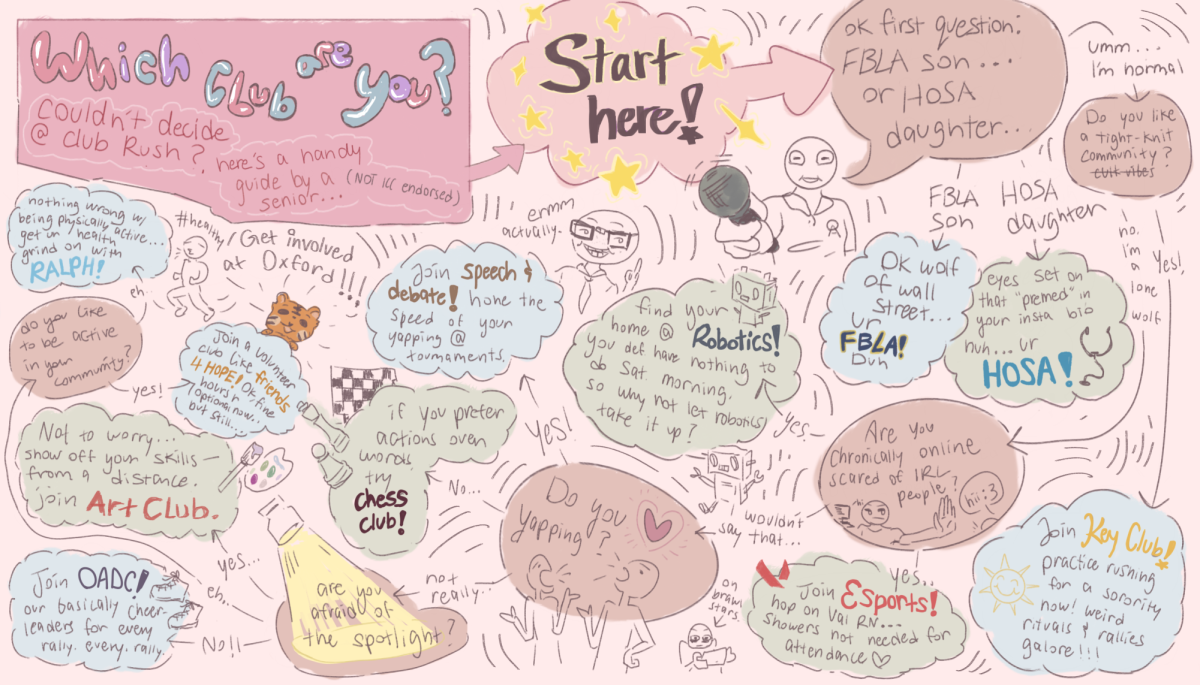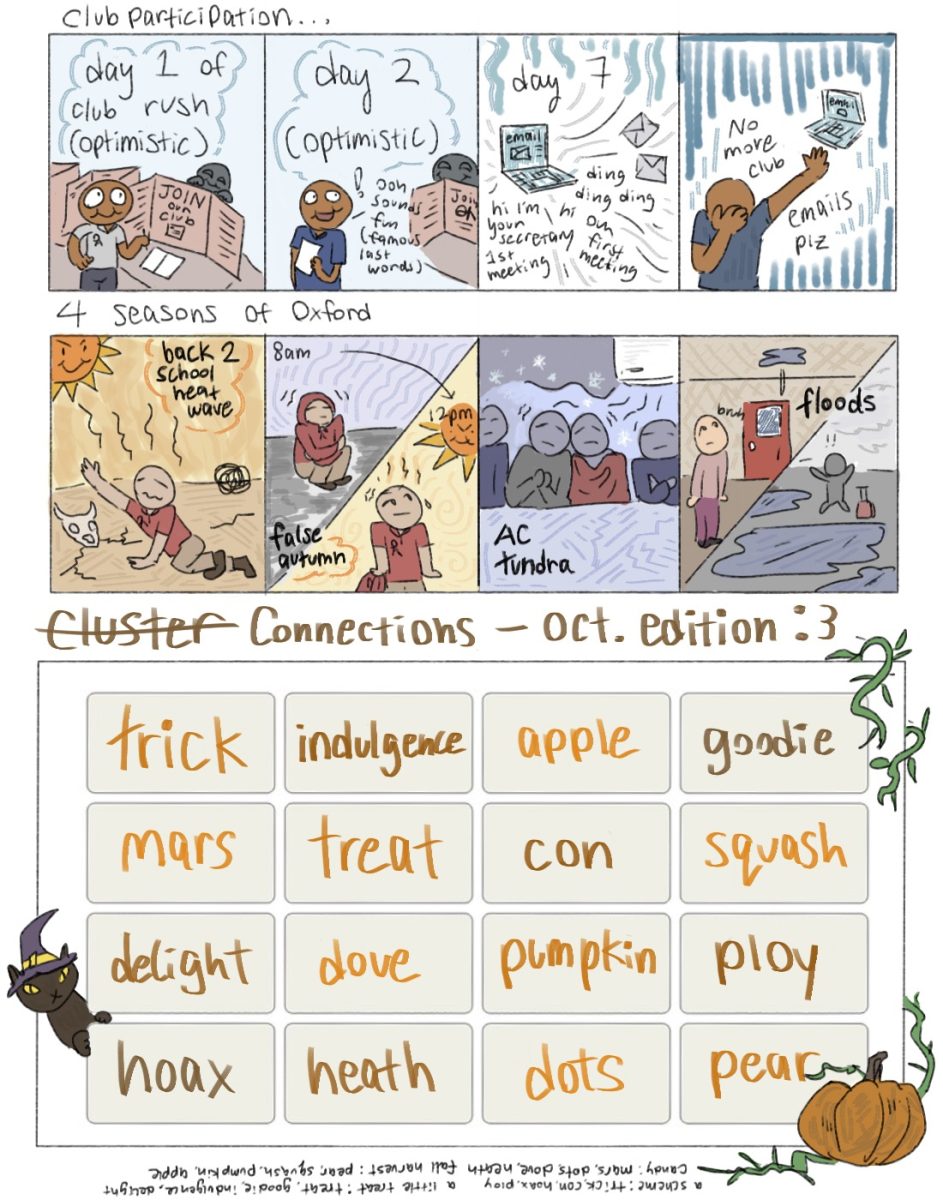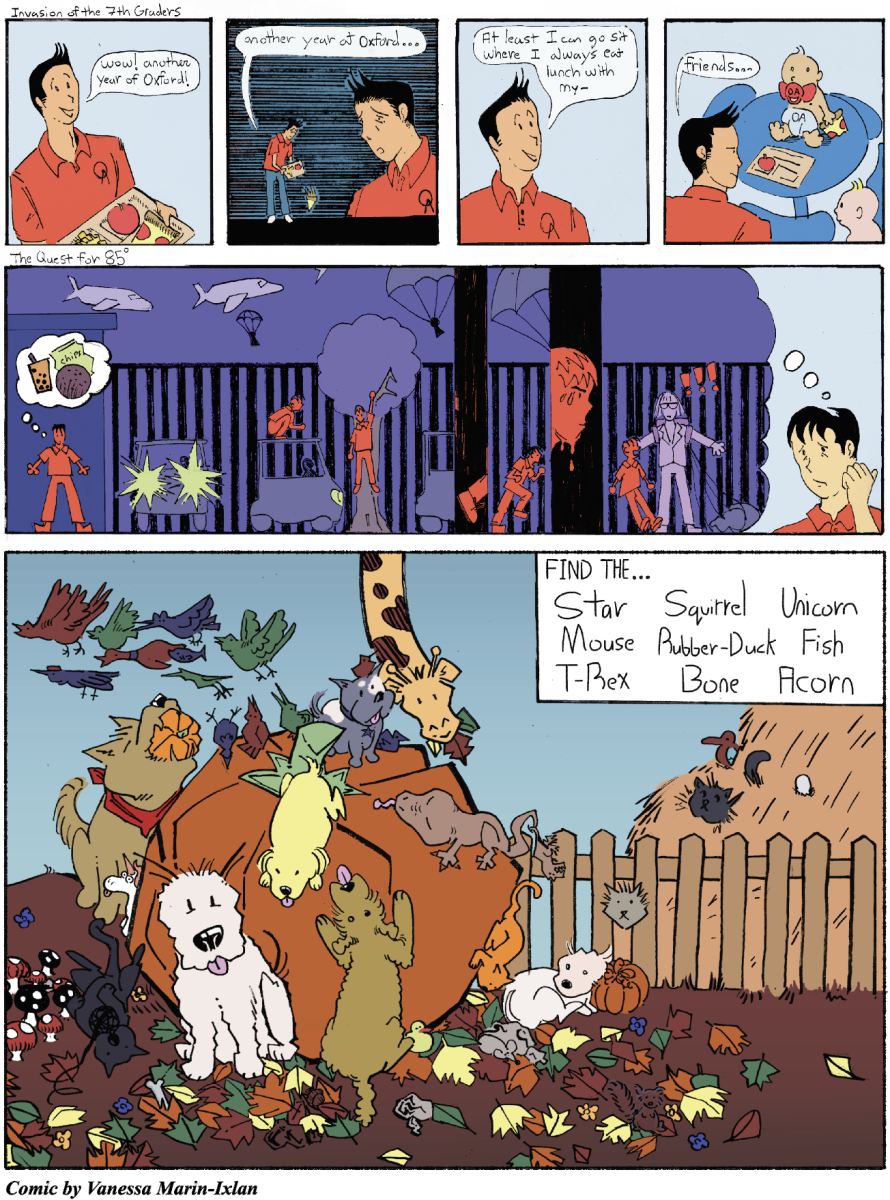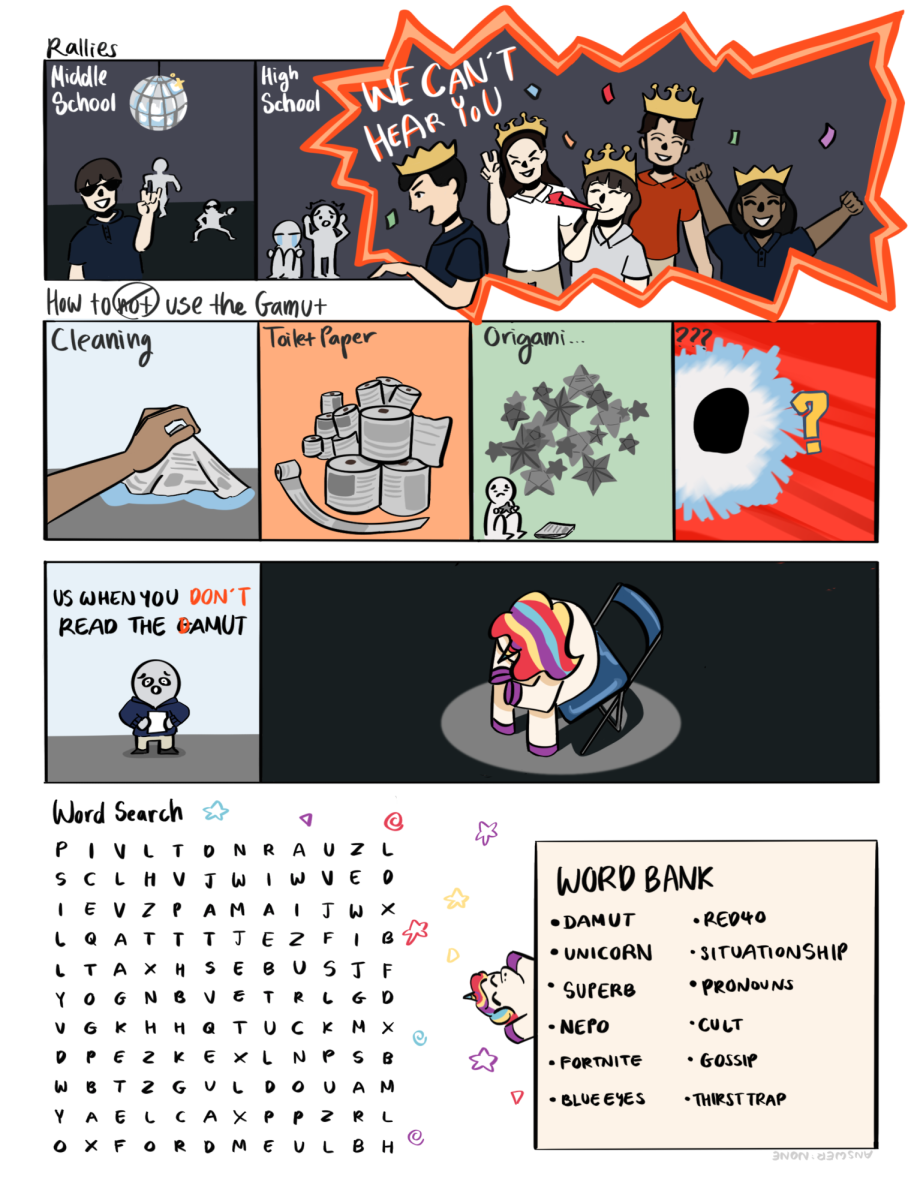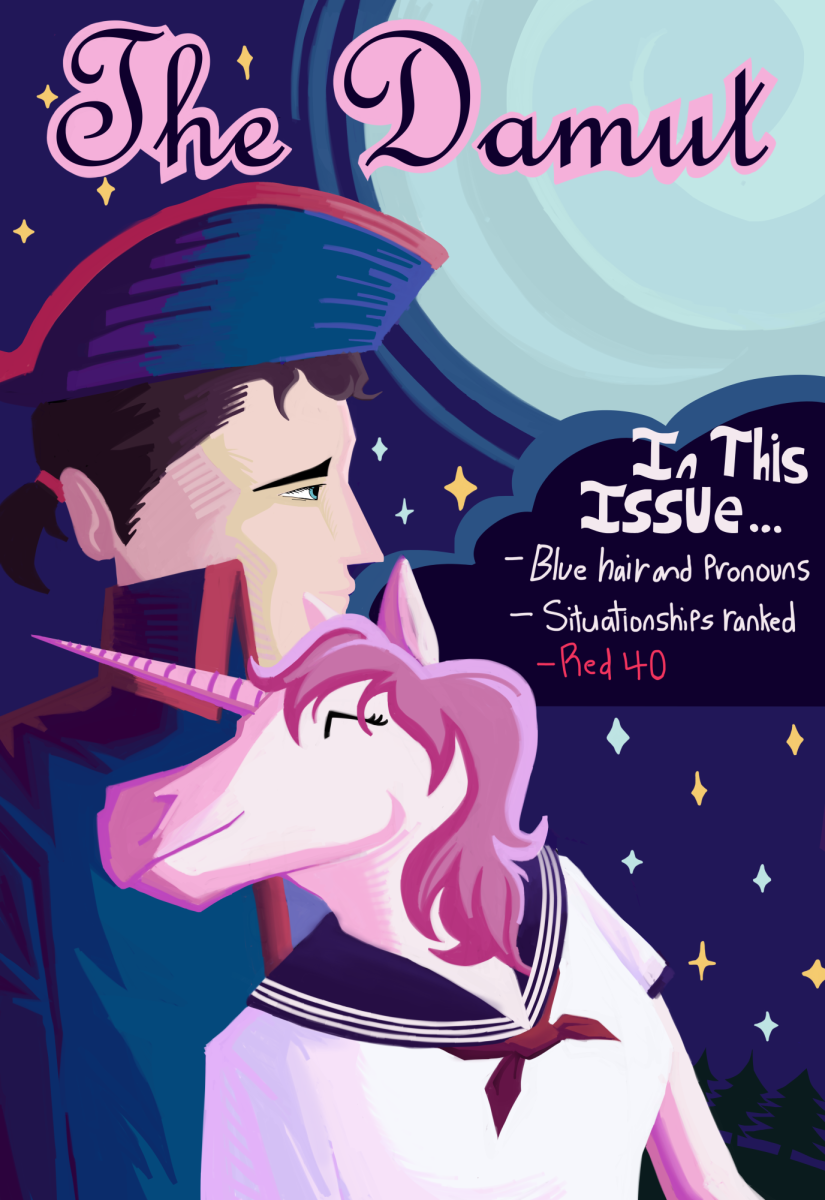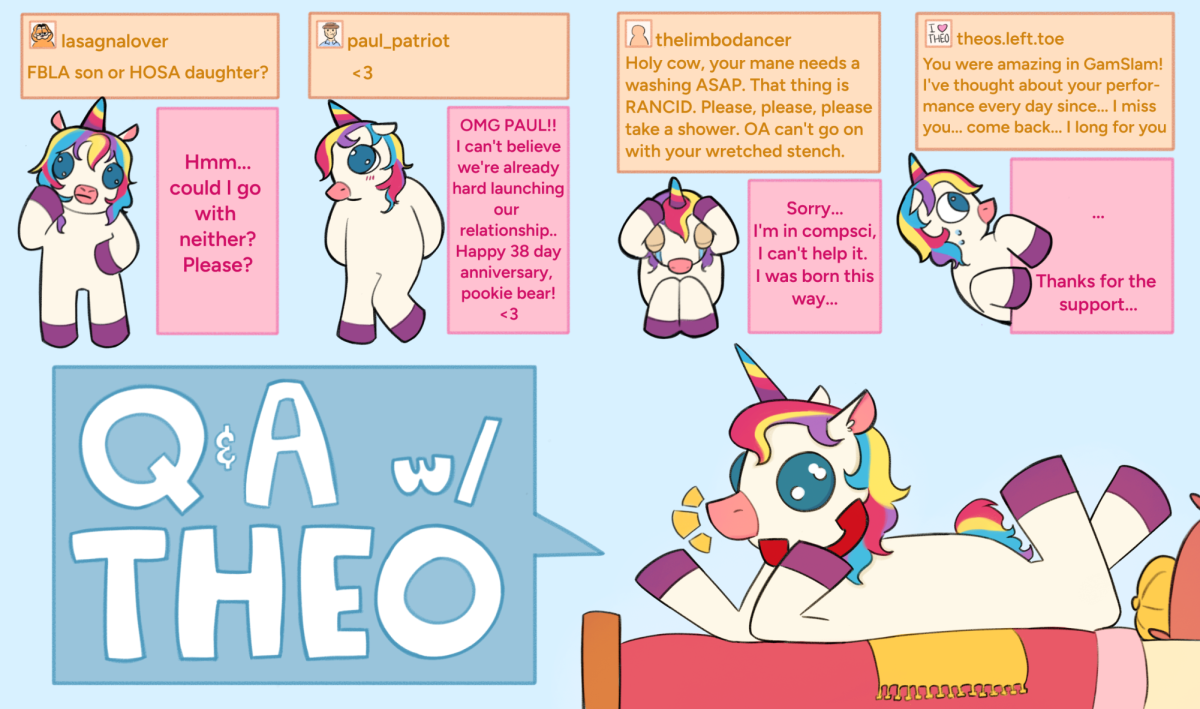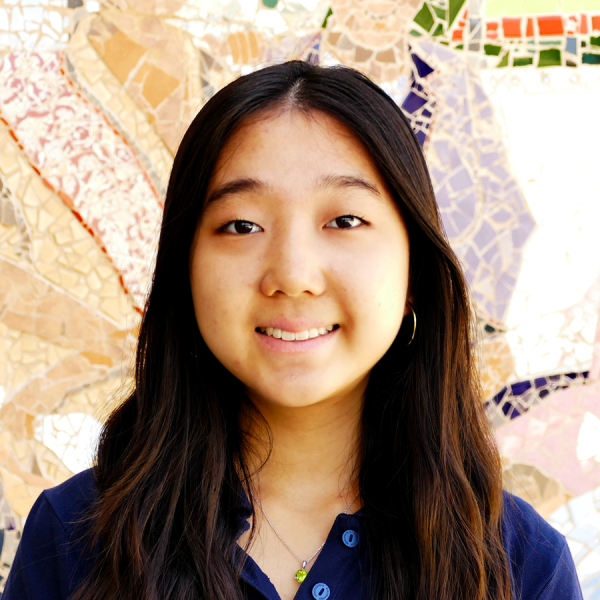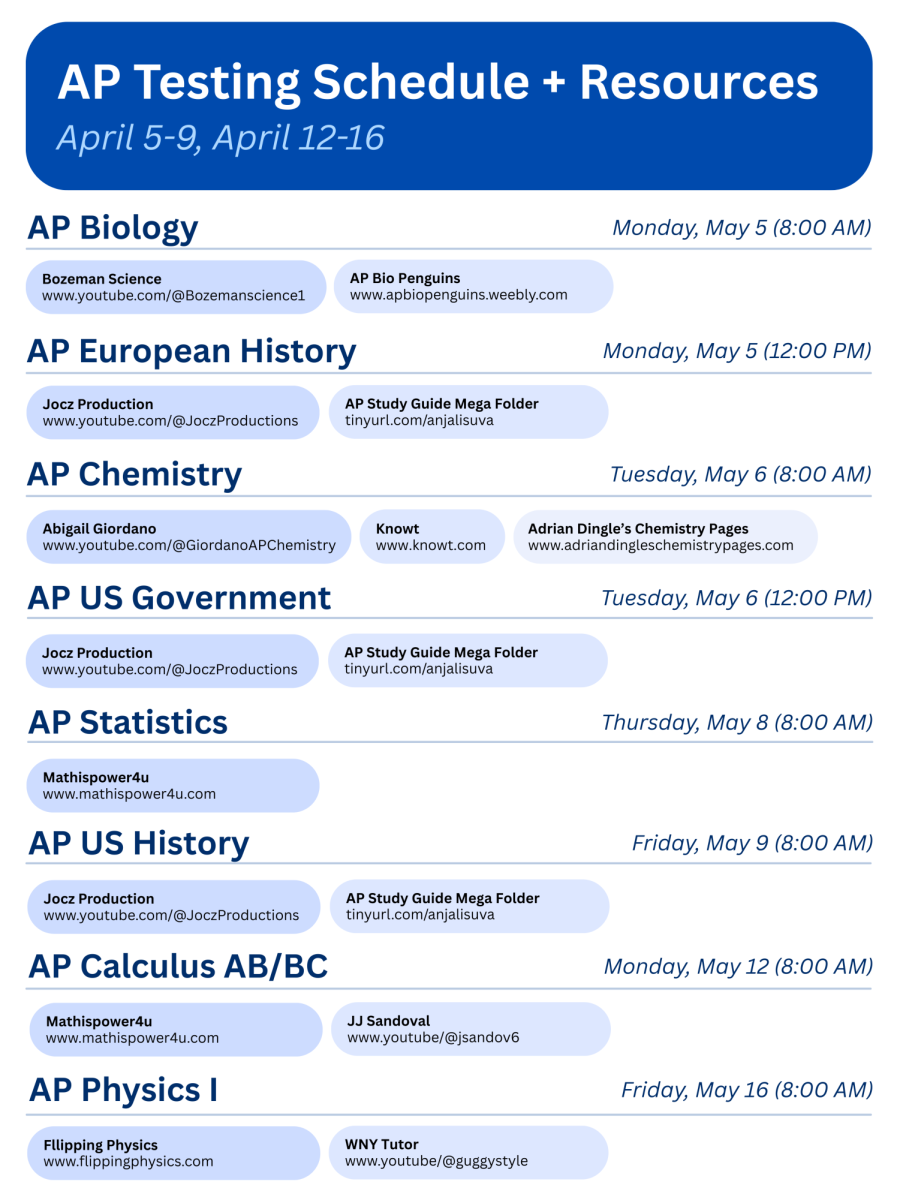A 6-3 vote from the U.S. Supreme Court on June 29 has shot down race-conscious affirmative action in the college admissions process. What this means for students across the nation is an uneven playing field crafted by a long history of racism in the American education system. Without measures sustaining the effort for minority representation on college campuses, higher institutions must scramble to find other ways to keep the admissions door open for qualified minority students.
Colleges adopted affirmative action policies in the late 1960s to promote equality in higher education. In 2023, this ruling was overturned due to the claim that giving “preferential treatment” to certain races was discriminatory towards White and Asian students.
Removing affirmative action policies will place greater focus on the quality of a student’s application and strictly limit any consideration of their race. This may seem like a fair solution to educational discrimination, but the extensive history of systemic inequality begs to differ.
Even with societal progress, schools remain patently segregated across the nation. Districts composed of mainly Black, Hispanic, or Native American students are significantly underfunded, reducing access to key resources such as technology, AP classes, and school counselors. Without basic necessities, these students have difficulty formulating the typical “golden” college application — preventing them from breaking generational patterns.
As a follow-up to the Supreme Court ruling on Aug. 15, the Biden administration permitted institutions to collect demographic data provided that racial bias would not interfere with the admissions process. Despite the intentions to increase diversity, empirical evidence suggests that race-neutral approaches cannot replace race-conscious admissions in the fight for minority inclusion. California’s ban on affirmative action in 1996 resulted in a 60% drop in Black, Latinx, and Indigenous students in UCLA and UC Berkeley. Similarly, Michigan’s ban in 2006 cut Black undergraduate enrollment by half. It’s clear — a wound can never fully recover without proper treatment.
As colleges opt for a race-blind approach, policies like legacy admissions will continue to skew the admissions pool. Legacy preferences for students of alumni date back over a century, with its admission rates being three times higher than regular admissions. Although legacy applicants may be just as qualified as any other competitor, the policy prioritizes these applicants for their familial connections over those with better merit or character, exacerbating the racial wealth gap and disheartening students of color. If institutions want to “eliminate discrimination” by pulling race from the list, they must also end the practice of favoring wealth over quality.
Banning affirmative action comes with the commitment of finding other ways to compensate for the loss in representation. It’s time for higher institutions to take larger steps in ensuring educational equity.





